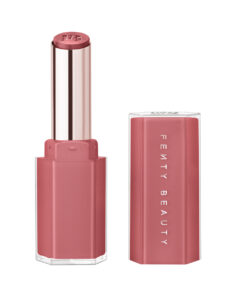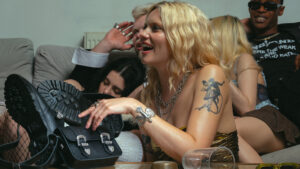When you think of style, or a collective group of stylish people, British men surely do not immediately spring to mind. Actually, British men are nowhere near your mind when you think of style. In your mind when you think of looking dapper, British men are halfway over the English Channel on an eye-wateringly early RyanAir flight to Sunny Beach – with a quite spectacular buzz on for this time of morning – in terms of how far away they are from your mind. When you think of dressing well, all you can see of British men are stacks of empty pint glasses and the disgruntled looks of waiters and bar staff who have had to endure them loudly talking over each other until 5am in terms of how much they affect your thinking. You know in your style brain that they exist because you can see their detritus, but in terms of them actually being there in your style brain, which is somehow inexplicably located in the departure lounge of Gatwick airport on any given hypothetical morning, they are ghosts, wraiths, faint bodily odours at best.
But if you actually turn around and leave the part of your mind labelled ‘style’, which for some reason is located in a hypothetical Gatwick airport, then you’d actually notice that British men, far from being gormless idiots, have been at the forefront of fashion in recent history. From Skinheads to Punks to Rude Boys, British men have not just been at the cutting edge of style but have set the tone globally for others to follow. But then, those trends were a part of a musical scene of some kind, reflecting the communities that a particular genre of music spawned from or flourished in. What about a trend that didn’t come from any form of inspired cultural background, a trend that came from British men congregating together to ‘taunt’, ‘spit’, ‘fight’ and ‘throw objects’ at each other like bricks, flares and good old fashioned molotov cocktails? Of course, I’m referring to the football hooligan, or ‘casual’. It’s birth and initial popularity may have darker connotations than other styles of clothing that British men have helped generate over the years but it was and is still no less influential on how we dress today.
To get an idea of how the football casual look started, picture the scene: a bunch of scary looking men being surly in a dingy pub.
“Trev, it’s like every game home and away the old bill keeps pinchin’ us for facks sake. We look like a right bunch of muggy cahnts. What we gunna doo?”
Trev looks around the room, awash with football shirts, shaved heads and forearm tattoos.
“Fack, I’ve got it lads,” says Trev, throwing down his half-drunk pint and smashing it on the floor in excitement.
“What about, instead of constantly dressin’ like we’re gunna fackin smash someone’s fackin’ face in, we ditch the footy shirts, get nice haircuts and wear some nice clobber, no supporters’ colours and that so we blend in nice and smoothly like.”
“Trev, you fackin’ beauty!”
I mean, that isn’t how it actually started, but the impetus for hooligans to disguise themselves from an ever increasingly watchful police force was a major factor in why young men turned to designer labels to attend games in rather than their local team colours.
Although it started becoming a nationwide phenomenon in the early 1980s, the trend actually started with Liverpool fans in the late 1970s. If you remember, or more likely if any Liverpool fan has brought it up within literally five fucking minutes of conversation, Liverpool F.C used to be quite the success not just domestically but in European football also. ‘Yes,’ any Liverpool fan worth their salt will say almost the instant you discuss footy, ‘Liverpool have actually won the European Cup five times’. But what they don’t mention is that most of those were in the 1970s and 1980s, and that no one cares about them anymore. But what those regular European trips did for fashion has gone on to be a mainstay in British culture for decades. Scousers were going to Italian and French away games and coming back with brands like Lacoste, Fila, Sergio Tacchini and Ellesse, names you might recognise as staple ‘lad’ clothing these days but at the time had never been seen en masse in the U.K.
This is an extract from Issue 7, The Barely Legal Issue of Viper Magazine. Read more from the magazine here. Buy physical and digital copies here.
Words by Thomas Usher




